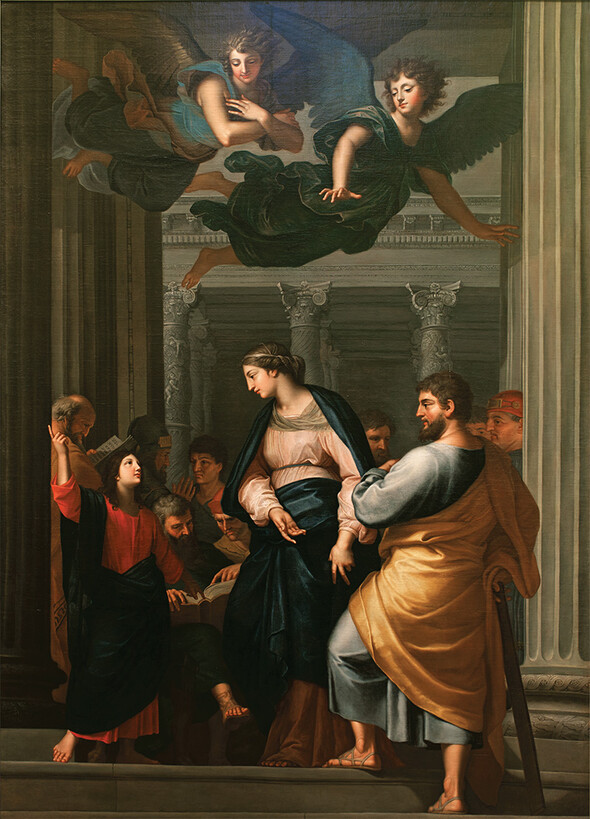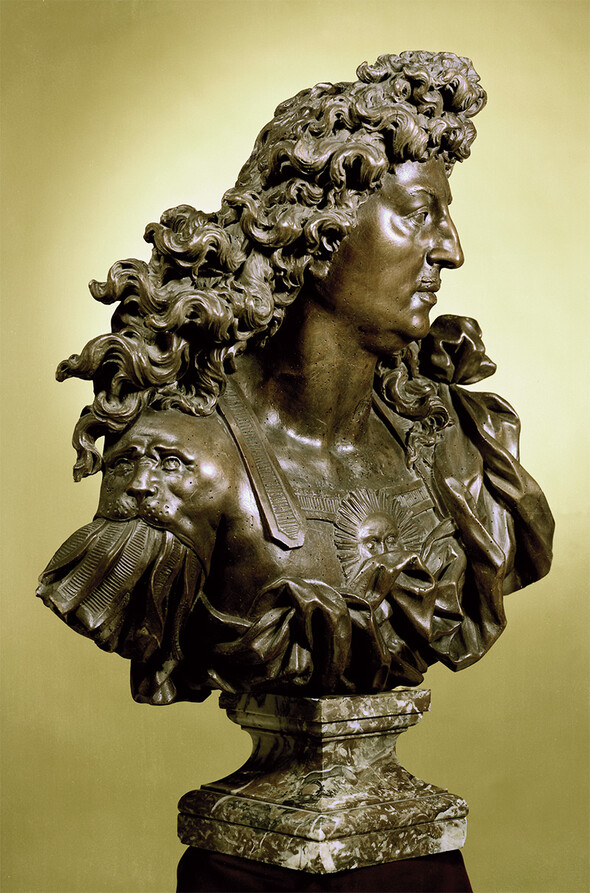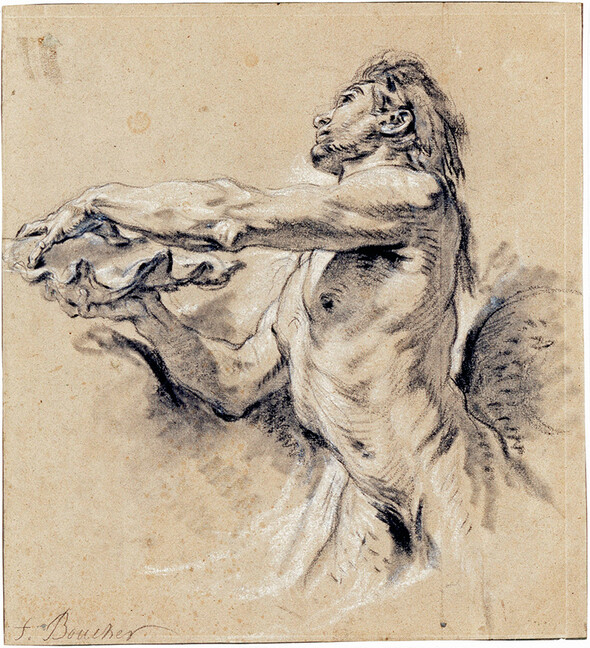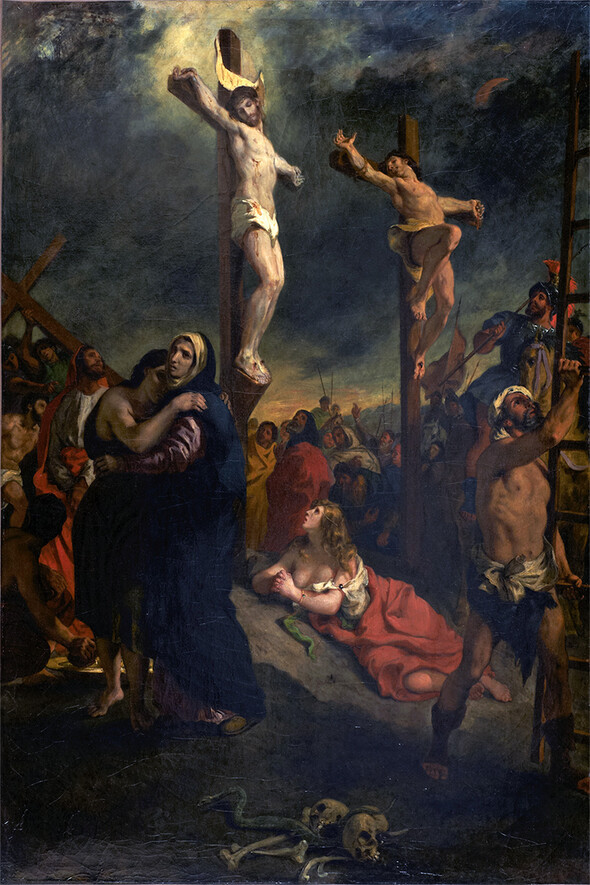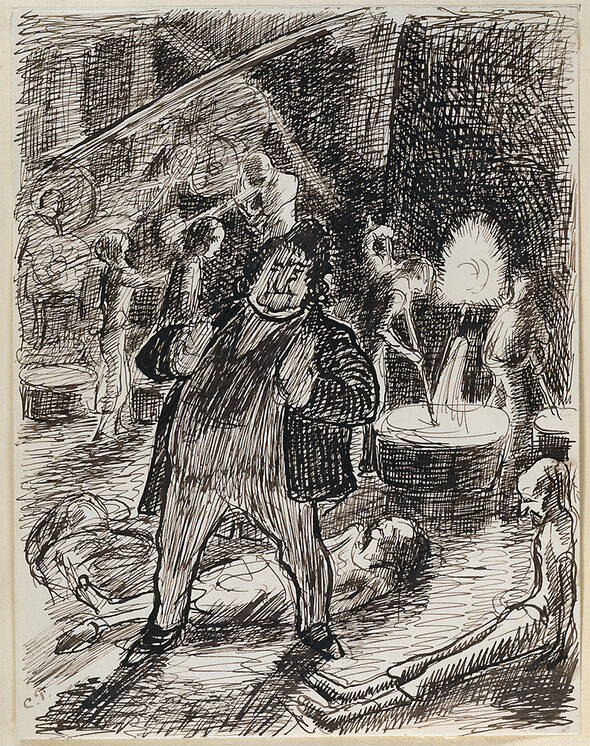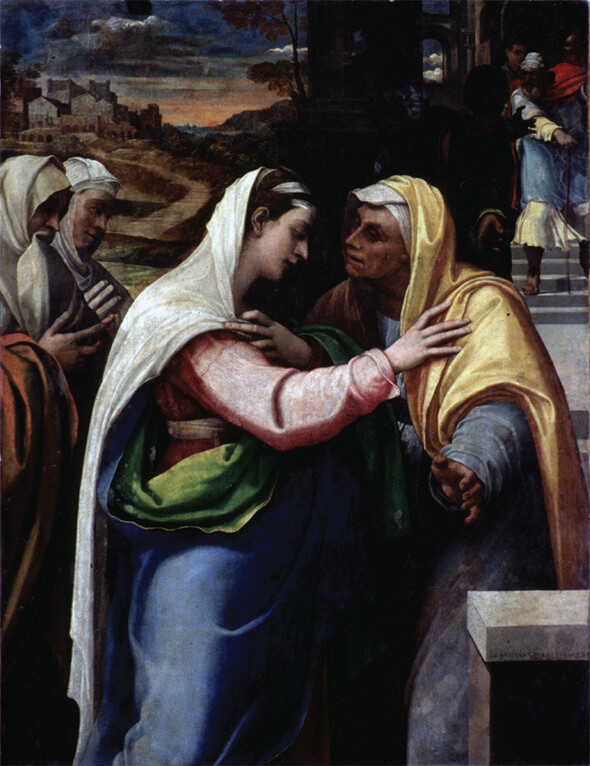By using this website you agree to our Cookie policy
Photography has been a latecomer to museums, despite the huge public appetite for it. For many years photographs have been inside museums in many departments, but mostly they have been regarded as documentary or educational items, adjuncts to other museum objects or research tools for collecting practices. True, the South Kensington Museum (later the Victoria and Albert Museum), founded the year that photography was invented, acquired its first photographs in 1852 and held its first photography exhibition in 1858. In 1862 photography was identified as ‘an independent art’ at the South Kensington Museum during the course of London’s International Exhibition. But gradually a hiatus developed and interest in contemporary photography lapsed until 1964, when Carol Hogben, Head of the Circulation Department which toured exhibitions, began to acquire contemporary photographs for touring, particularly to colleges. He also mounted a Cartier-Bresson exhibition in 1969 which is said to have changed the climate of opinion about photography in Britain. In the preceding period, the Museum’s photographs had been housed in the library and were identified not by photographer but mostly by location, site or subject-matter. But in 1977 the Photographic Collection was formally transferred from what was now called the National Art Library to the newly titled department, initially called the Department of Prints, Drawings & Photographs and Paintings, but later simplified to Prints, Drawings and Paintings.
THE AMERICAN SCULPTOR Alexander Calder (1898–1976) was a legend in his own day for his unparalleled inventiveness, high originality and great intelligence. In the 1920s and early 1930s – before the post-War rush of Americans to Paris, often on the GI Bill – he was one of the few transatlantic visual artists (Man Ray was another) to be fully integrated with their European peers, primarily in Paris. In 1931 Léger wrote of Calder: ‘I think of Satie, Mondrian, Marcel Duchamp, Brancusi, Arp – these unchallenged masters of unexpressed and silent beauty. Calder is in the same family. He is 100-percent American. Satie and Duchamp are 100-percent French. And yet, we meet?’1 It was also in 1931 that Duchamp suggested the name ‘mobile’ for Calder’s small and exquisite motorised sculptures. Before that, Calder had visited Mondrian in his studio and had been deeply moved by the fact that in a sense the whole studio was an installation, a painting. As he later wrote: ‘The mobiles started when I went to see Mondrian. I was impressed by several coloured rectangles he had on the wall. Shortly after that I made some mobiles; Mondrian claimed his paintings were faster than my mobiles’.2
